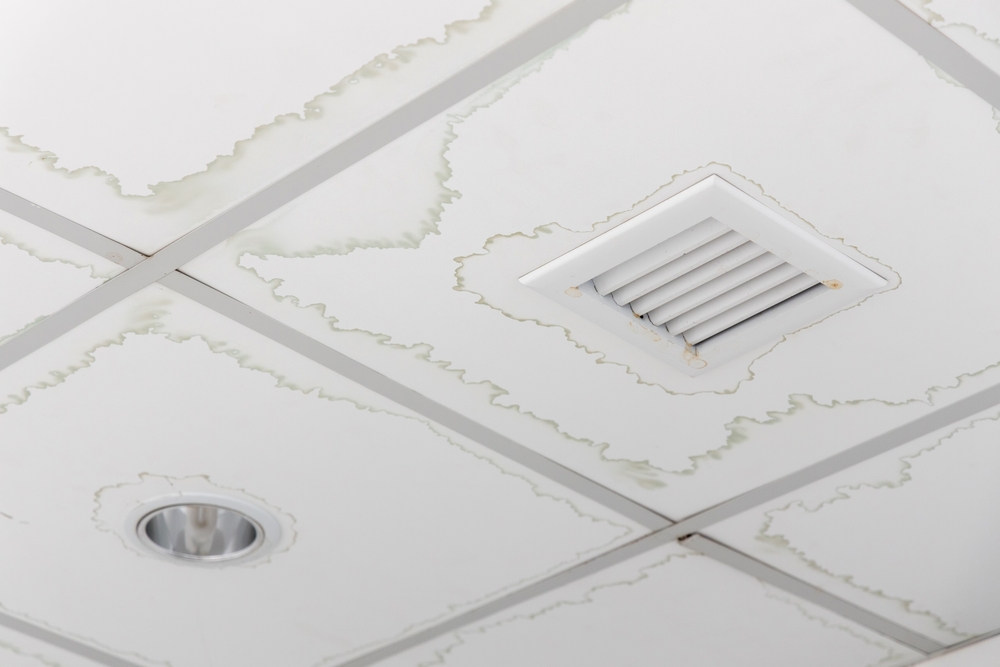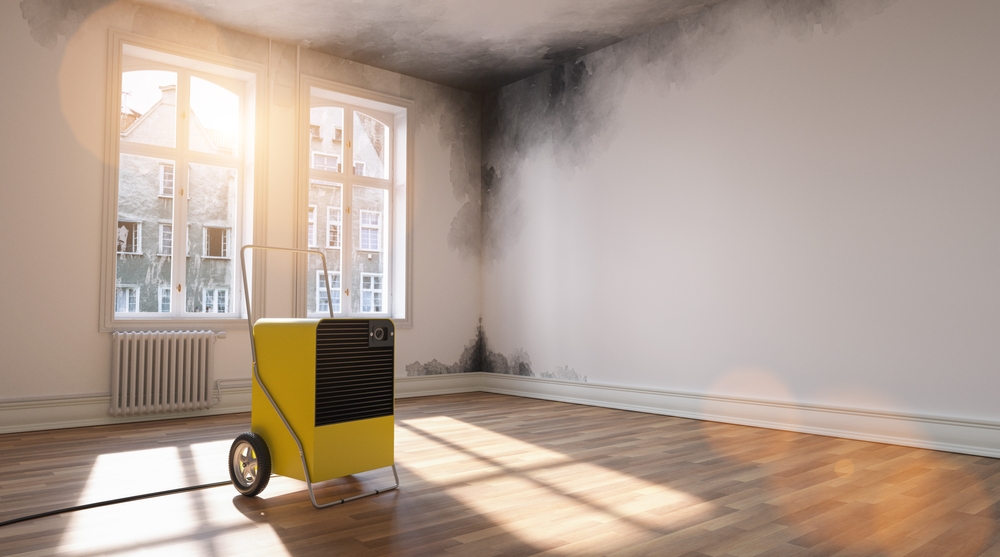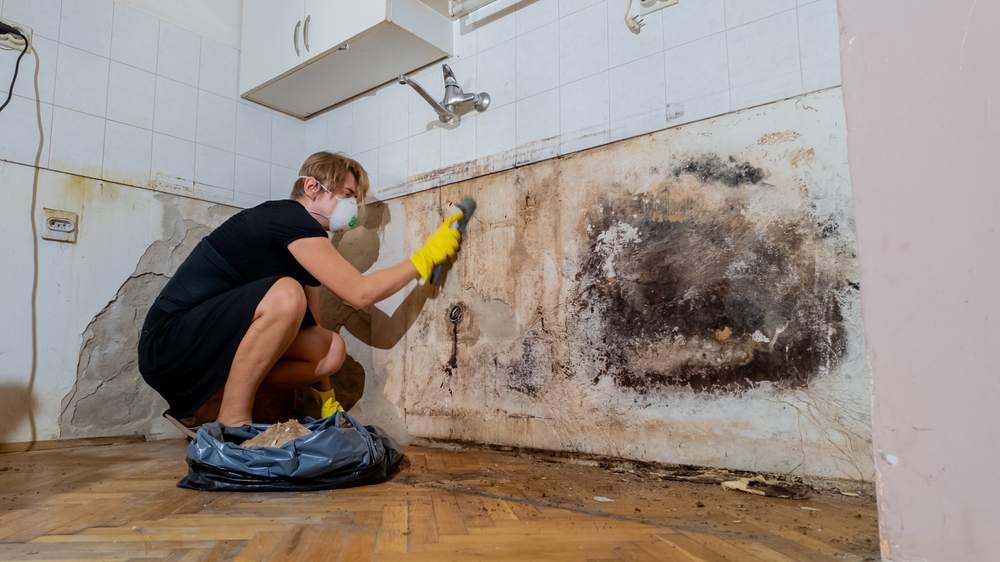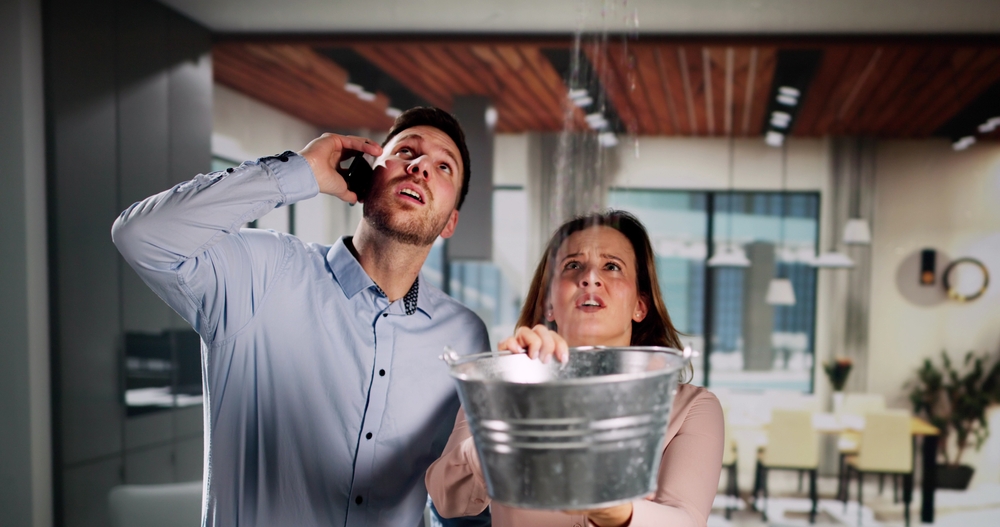Though it might be lovely, heavy snowfall has hazards. Serious water damage to your house can result from snowfall accumulating on your roof and melting process. This tutorial will walk over the risks of water damage following significant snowfall and offer basic, useful advice to guard your property. Acting now helps you to keep your house safe and save expensive repairs.
Winter comes snow, which can cause water damage even if it’s entertaining to see. When a lot of snow falls, the snow melts finally and can lead to issues such ice dams on the roof, overflowing gutters, and sometimes frozen pipes. Leaks, floods, and costly repairs could all result from these problems.
Therefore, it is quite crucial to start early in safeguarding your house. This post will offer simple, doable advice and preventative actions to lower the danger of water damage after a heavy snowfall. Let’s investigate ways you may keep your house secure and dry during winter.
Understanding the Risks of Water Damage After Snowfall
Understanding the risks associated with heavy snow and melting ice will help you to defend your house. Three main hazards are:
1. Roof Ice Dams
- What Are Ice Dams?
When snow on your roof melts and subsequently refreezes at the edges, ice dams result. Along the roofline, this forms an ice barrier. - How They Cause Damage:
Ice dams prevent proper water drainage from occurring off the roof. Leaks could start from the water seeping under the roof shingles. This water might cause interior damage over time including water stains, deterioration in the wooden construction, and even mold development. - The Risks:
Ice dams can cause major interior damage and roof leaks that could be expensive to fix.

2. Snowmelt Runoff
- What Happens When Snow Melts:
Melting snow on your roof and surrounding your house becomes water. This water must securely be flowed away from your house. - Problems with Gutters and Downspouts:
Should your gutters and downspouts be blocked or malfunctioning, the melting snow can overwhelm them. This overflow might cause water to collect around the foundation of your house or perhaps find their way into your basement. - The Risks:
Water within the house can ruin walls, flooring, and furniture; flooding surrounding the foundation can compromise the foundation itself.
3. Frozen Pipes
- Why Pipes Freeze:
Water inside your pipes may freeze in really frigid temperatures. Expanding water freezes can lead to pipe cracking or bursting. - Consequences of Frozen Pipes:
Frozen pipes have consequences including flooding inside your house from a busted pipe. This is not only risky but also might cause significant water damage and necessary repairs. - The Risks:
Frozen and ruptured pipes can cause expensive water damage and cause daily disturbance until they are repaired.
Preventative Measures
The greatest approach to prevent water damage following a lot of snowfall is to act preventively. You could use these doable steps:
1. Roof Care
- Regular Inspections:
Regular roof inspections are especially important before and after significant snowfall. Search for any wear, trash, and loose or broken tiles. - Clear Debris:
Clear trash from your gutters and roof including leaves and branches. This maintains fluid water flow and helps avoid ice jams from developing. - Preventing Ice Dams:
- Install Ice Melt Systems:
Install other ice melt systems or electric heating lines down the edge of your roof. These solutions prevent ice dams and assist to keep the roof edge warm. - Improve Attic Insulation:
A well-insulated attic helps to maintain more consistent roof temperature, therefore lowering the possibility of unequal snow melting creating ice jams.
- Install Ice Melt Systems:

2. Gutter and Downspout Maintenance
- Clean Your Gutters:
Before the snowfall and following significant snowfall, clean your guters. Clear leaves and trash so water may run freely. - Check Downspouts:
Verify whether downspouts are free from blockage. To clear any obstructions and guarantee that water is flowing as it should, use a hose. - Extend Downspouts Away from the Foundation:
Extend your downspouts to point water away from the foundation of your house. This stops harm by water accumulating close to your house’s base.
3. Plumbing Protection
- Insulate Exposed Pipes:
Insulate exposed pipes by wrapping those in unheated locations with insulation. This small action helps them stay warm and lowers their freezing risk. - Let Faucets Drip Slightly:
Let a little drop of water run from faucets in really frigid conditions. Moving water is less likely to freeze, hence this helps avoid freezing of pipes. - Know Your Main Water Shut-Off Valve:
Find your main water shut-off valve to enable rapid stop of the water flow should a pipe burst. This lessens harm.
Responding to Snowmelt Runoff
Snowmelt runoff can occasionally provide problems even with the finest of preparedness. These pointers on response might help:
- Direct Snowmelt Away from the Foundation:
Use snow fences or construct berms—small mounds of earth—to assist deflect melting snow away from the base of your house. This lessens your chance of water weakening your foundation or seeping into your basement. - Use Sandbags:
During heavy melt seasons, arrange sandbags around the foundation and basement doorways. Sandbags create a barrier preventing water from entering. - Regular Inspections:
Check your gutters, downspouts, and the area surrounding your foundation routinely during times of significant melt. Look for indications of water pooling or leaks; if you find any, act fast.

Dealing with Frozen Pipes
Although they are a typical winter issue, frozen pipes are treatable with carefulness:
- Identify Frozen Pipes:
Know the indicators of a frozen pipe, including an abrupt loss in water pressure or a faucet’s absence of water flow. In unheated environments, you occasionally may also find frost on the outside of pipes. - Thawing Frozen Pipes Safely:
If you suspect a pipe is frozen, try to warm it gently:- Use a Heat Lamp or Hair Dryer:
Carefully direct a heat lamp or hair dryer toward the frozen section of the pipe. Do not use an open flame. - Apply Warm Towels:
To help the frozen pipe gradually thaw, wrap a warm towel around it. - Keep the Faucet Open:
Just slightly open the faucet. Water will begin to flow when the pipe warms, which might assist melt the ice.
- Use a Heat Lamp or Hair Dryer:
- Call a Plumber:
See a qualified plumber right away if you cannot defrost the pipe or if you observe damage. They have the knowledge and instruments to manage the matter sensibly.
Water Damage Remediation
Should water damage arise even with your best efforts, it is crucial to act fast to minimize damage:
- Act Promptly:
Act quickly; water damage will be less severe the sooner you treat it. Unchecked, water can cause structural damage and mold. - Contact a Professional:
Get a water damage restoration business hired right away. Professionals can evaluate the matter, clear extra water, and fix any damage. - Prevent Mold Growth:
Following water damage, act to stop mold from growing. To totally dry the impacted area, run dehumidifiers and fans. To get any mold spores that could have started to flourish off surfaces, clean and sterilize them. - Document the Damage:
If you intend to submit an insurance claim, snap pictures and detail the damage. Good paperwork will assist to substantiate your claim.
Conclusion
Though it’s a gorgeous sight, heavy snowfall often carries hidden hazards. Knowing the dangers of frozen pipes, snowmelt runoff, and roof ice dams will help you to guard your house:
- Inspect and Maintain Your Roof:
Frequent inspections and correct maintenance assist to avoid ice dams and leaks in your roof. - Keep Gutters and Downspouts Clean:
Maintaining clean gutters and downspouts will help to guarantee free flow of water away from the foundation of your house. - Protect Your Plumbing:
Protect Your Plumbing: To stop freezing, insulate pipes and follow basic guidelines such letting faucets run. - Manage Snowmelt Runoff:
Control snowmelt by guiding water away from your foundation and, if needed, using sandbags. - Be Ready to Act:
Know how to fast act if water damage results and safely melt frozen pipes.
By acting pro-actively, you will help protect your house from water damage following significant snowfall. Remember, a little preparation now will help you avoid expensive repairs and a lot of later stress.
Don’t wait for water damage to develop. Today check your pipes, gutters, and roof; then, act to safeguard your house. See a qualified water damage restoration firm right away if you require assistance. Worth it are your house and your mental clarity!
Philadelphia Restoration Services
https://www.google.com/maps?cid=3399342399556699153
+1 267 668 0013
https://philadelphiarestorationservices.com/


